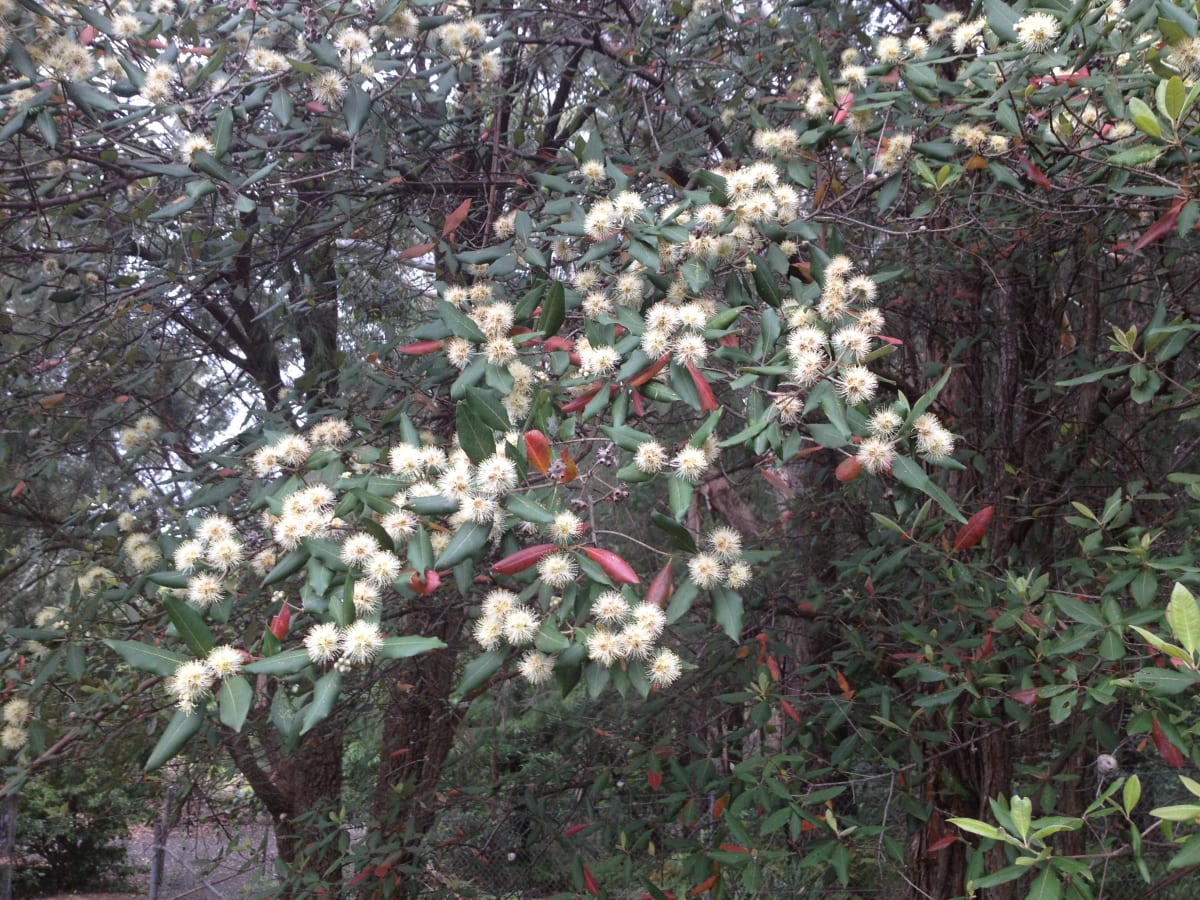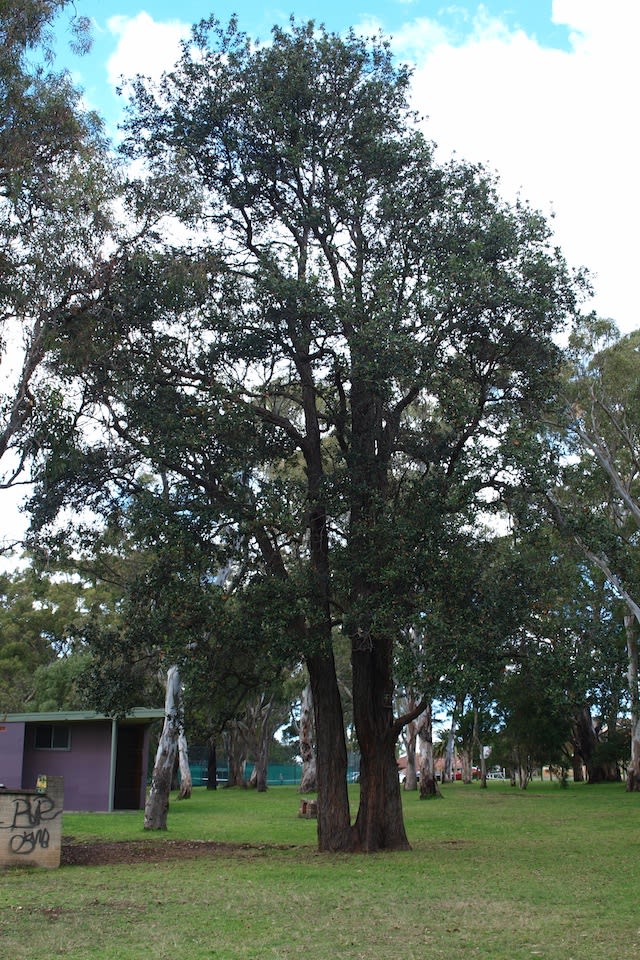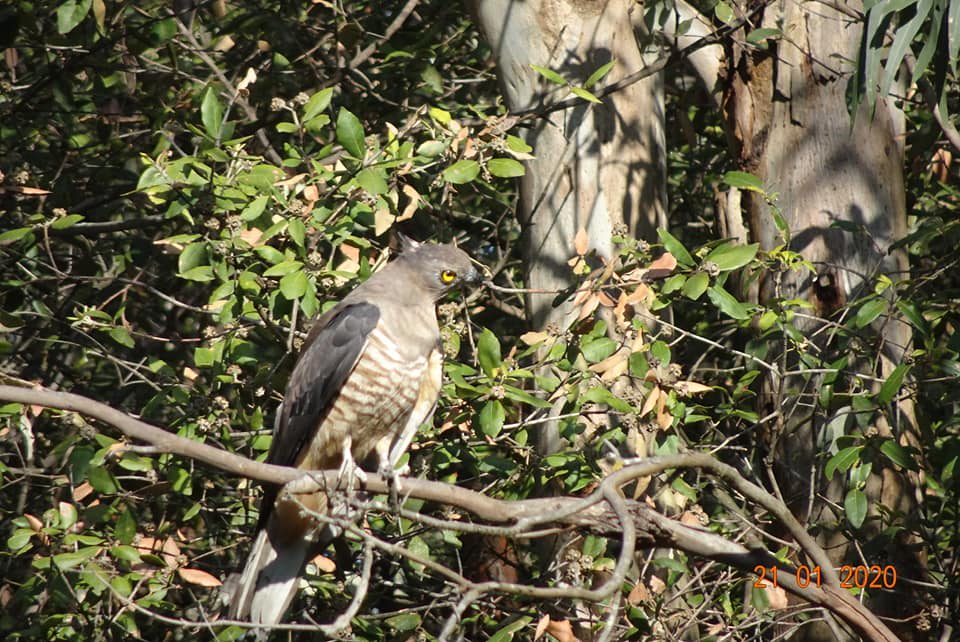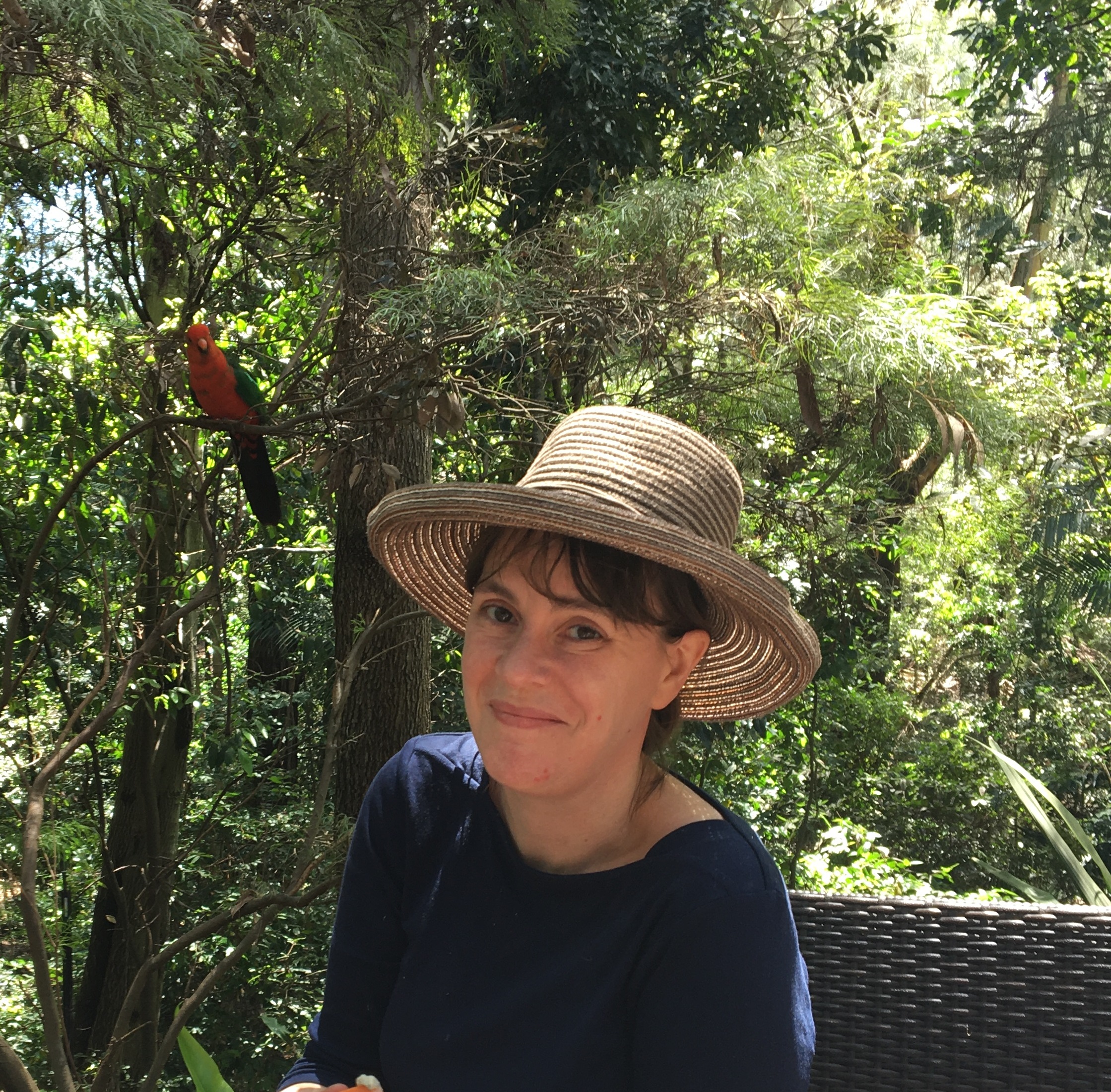Oh my darling Turpentine!
The Turpentine trees (Syncarpia glomulifera) are in flower right now around the region and looking pretty spectacular. Turpentine is a tall, robust tree in the Myrtaceae family (related to Eucalyptus, Corymbia and Angophora), and it is widespread...
The Turpentine trees (Syncarpia glomulifera) are in flower right now around the region and looking pretty spectacular. Turpentine is a tall, robust tree in the Myrtaceae family (related to Eucalyptus, Corymbia and Angophora), and it is widespread around the Illawarra as well as further north and south.
In a good year such as this, the flowers are numerous and conspicuous, though only easily visible on plants that have branches low to the ground, such as the below specimen growing in the upper portion of the Illawarra Grevillea Park Botanic Garden.

Turpentine can be seen growing in remnant vegetation across the coastal plain and in the escarpment foothills, and sometimes up into higher elevations on the escarpment, such as near the Minnamurra Rainforest.
Old well-grown trees can be 400-500 or more years old and have massive trunks with a diameter of 2 metres of more.
Most of the Turpentine trees we see around the Illawarra today are young and small, far from what they will eventually grow into if left to their own devices. A massive old tree can provide habitat and food for dozens of species including birds, bats and insects, meaning each tree forms a really important part of the local ecology.

Unfortunately in the Illawarra, we are still seeing many beautiful Turpentines being cut down, including some large remnant trees, perhaps because people are concerned about falling limbs (Turpentines rarely drop limbs) or because they create 'mess' with the dropping of their amazing spaceship-like fruit.
Can we turn that around? I hope so.
Each of these trees creates beautiful shady spaces for humans and other animals, provides safe harbour and habitat for many species, and does its bit converting carbon dioxide to oxygen. Let's see if we make space for more Turpentines in our lives, parks, gardens and communities?






